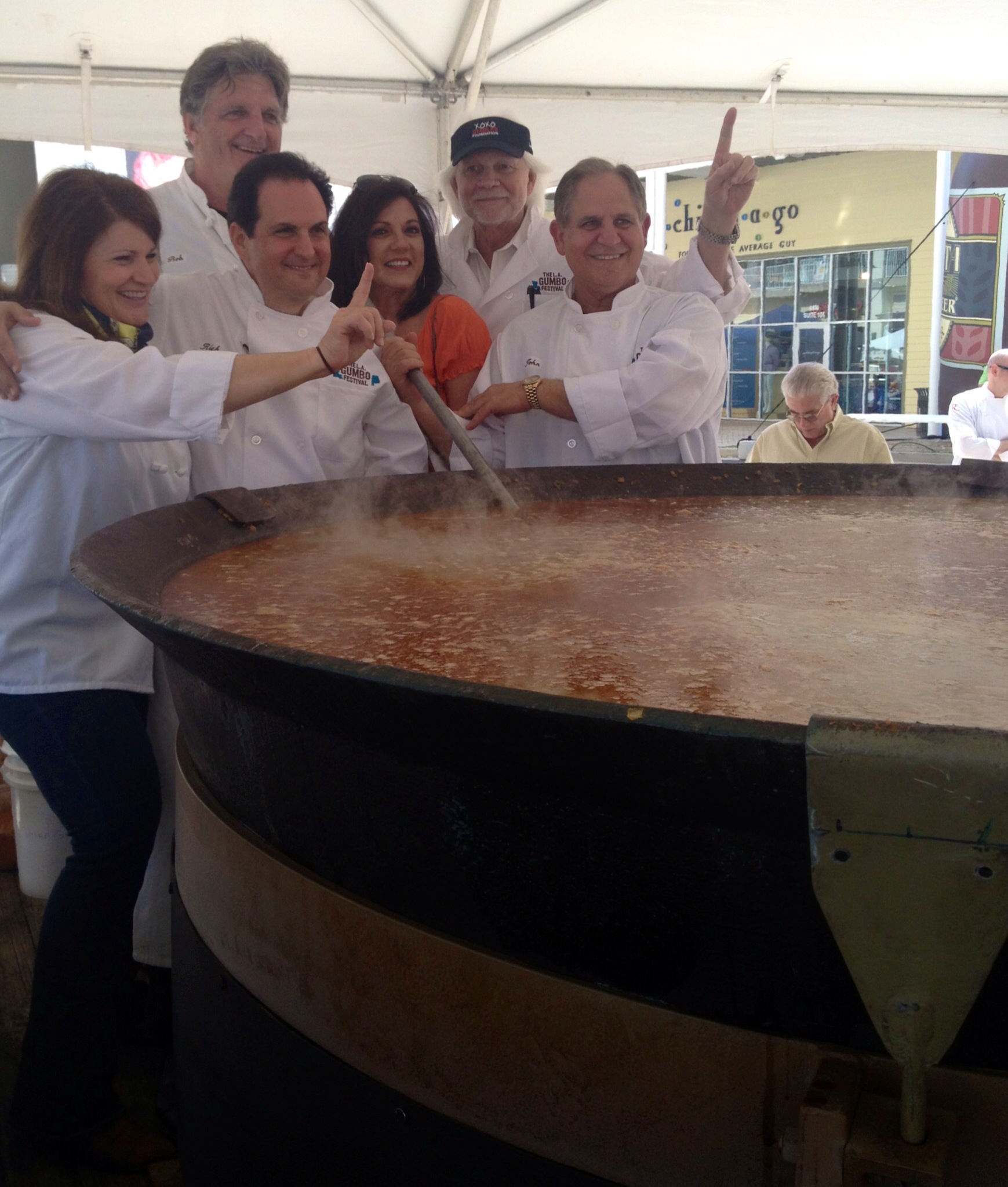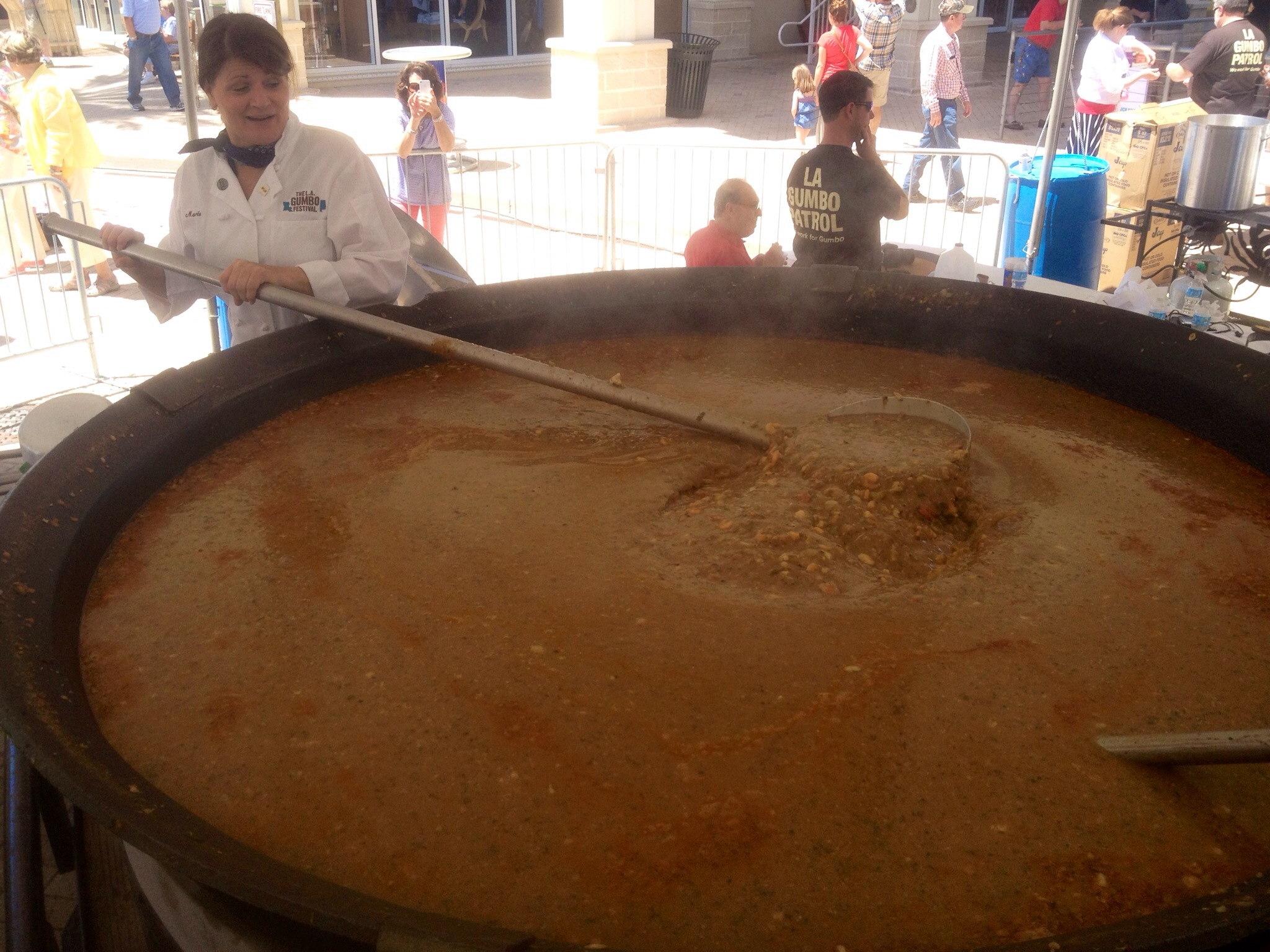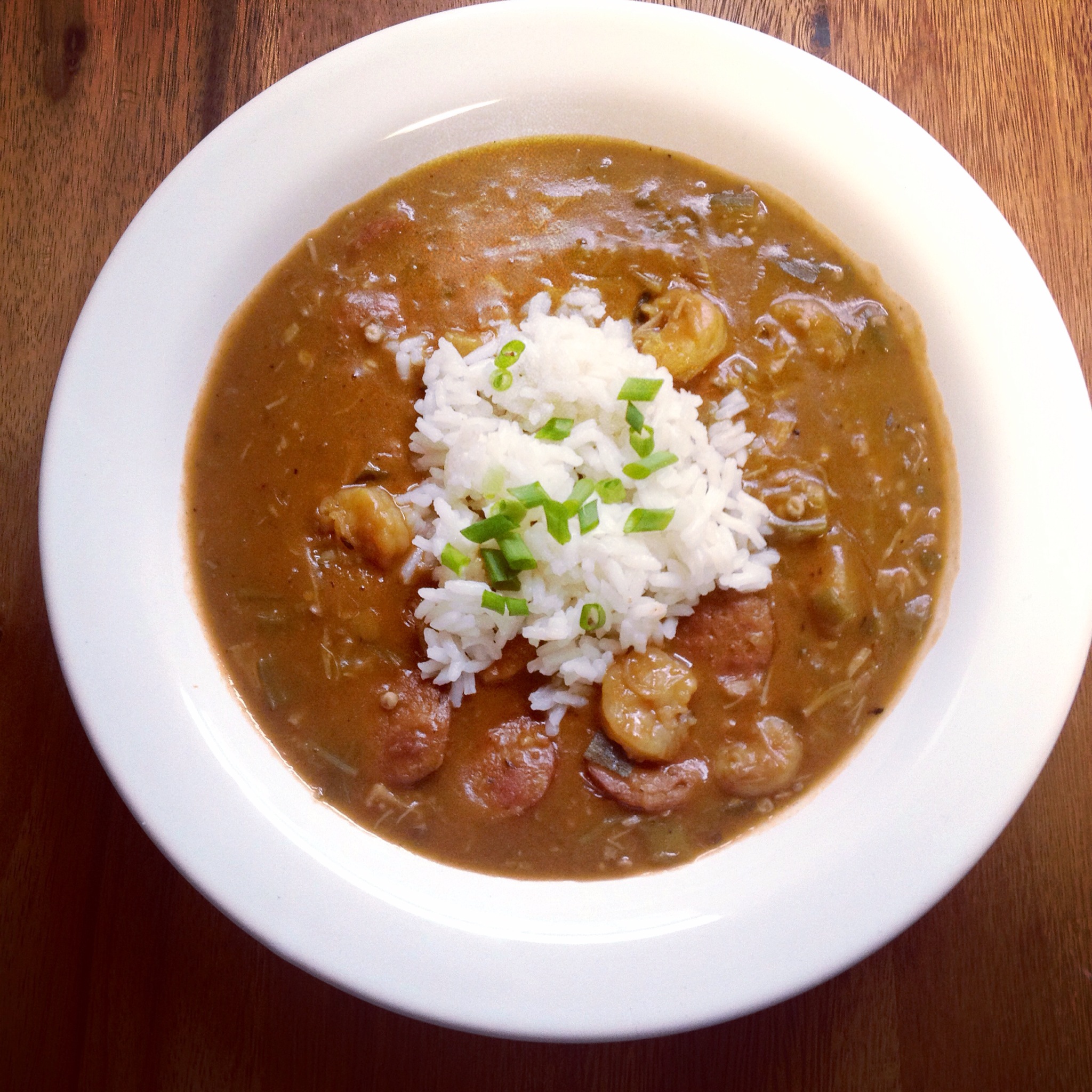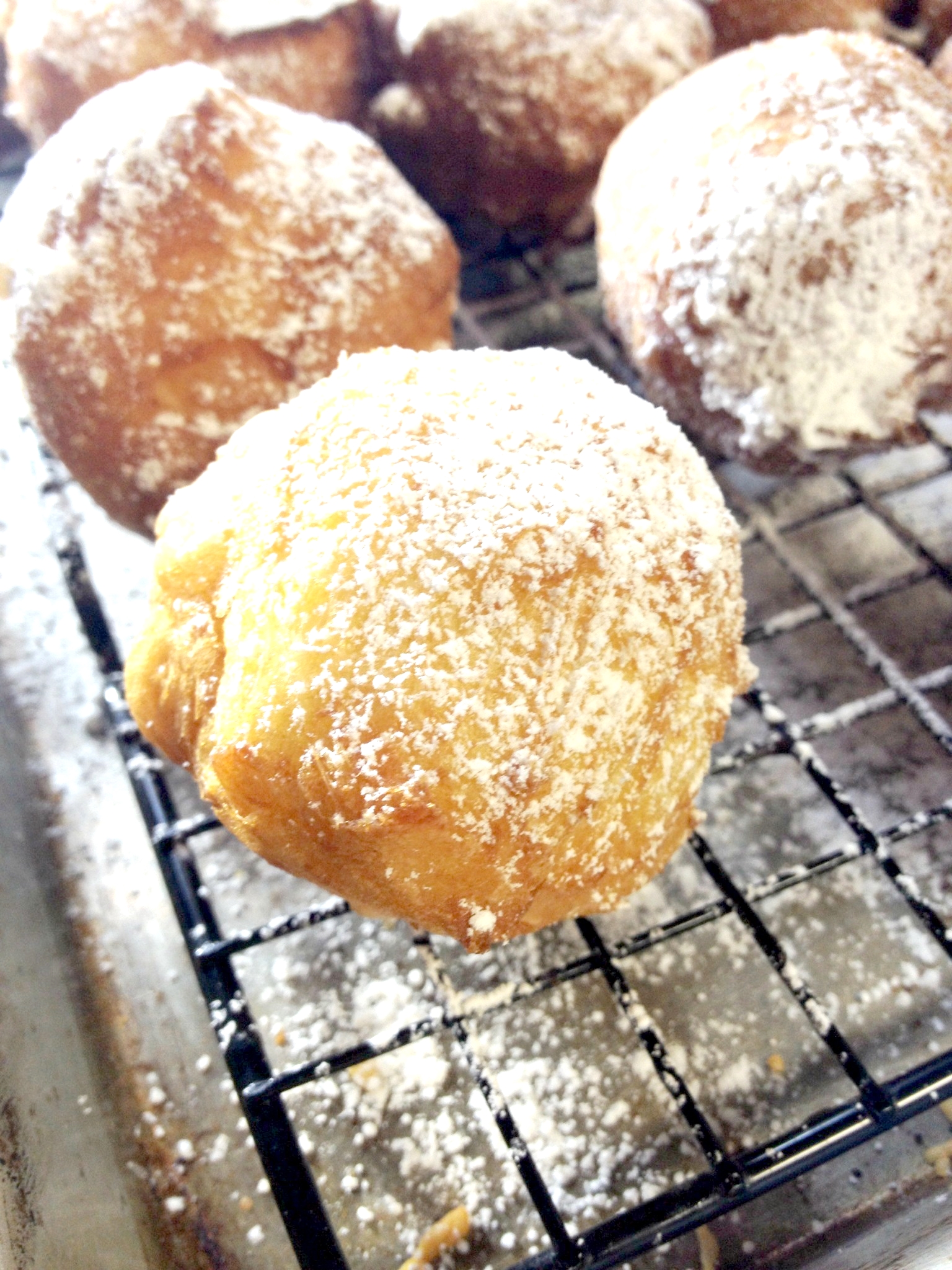On St. Patrick’s Day, we’re all Irish… and during the cold winter months, we’re all usually craving food that is warm, comforting, and hearty and Irish Beef Stew recipe has all of those characteristics. It really could not be easier to make and it is also very affordable so it is the perfect recipe for a St. Paddy’s Day (or any) celebration. Traditionalists would say Irish stew would be made with lamb or mutton, neither of which are common ingredients in the USA so I make mine with beef.
Note: Add the carrots and potatoes later in the process so they don’t disintegrate totally during cooking, but you do want the potatoes to help thicken the stew as it cooks. For this reason, I add a few potatoes when I add the carrots and reserve the rest for the final 20 minutes of cooking time so they have some texture left.


IRISH BEEF STEW
INGREDIENTS
1/4 cup all-purpose flour
2 teaspoons kosher salt
1 teaspoon freshly ground pepper
3 tablespoons olive oil
2 1/2 -3 pounds boneless chuck, cut into 2” cubes (you can use stew meat or ask the butcher to cut into cubes for you)
1 tablespoon garlic, minced
1 white onion, diced small
1 bottle Guinness lager
2-3 cups beef broth, depending on how thick you like your stew
1 tablespoon Worcestershire sauce
2 whole cloves
1 bay leaf
3 sprigs fresh thyme
3 sprigs fresh Italian parsley plus more for garnish
6 large carrots, peeled and cut into 2" pieces
4-5 Russet potatoes, peeled and cut into 2" cubes
DIRECTIONS:
Tie the parsley and the thyme together in a bundle using kitchen twine to make it easy to remove. Set aside.
Add the flour, salt, pepper to a large zip top bag. Shake to combine. Add the meat to the bag and shake to coat all of the pieces evenly.
Add the olive oil to a Dutch oven and place over medium high heat. Once the oil is hot, add the contents of the bag to the pan and brown, turning the meat frequently to cook on all sides, about 10 minutes.
Add the onion and cook for approximately 3 minutes, stirring often. Once softened slightly, add the garlic and cook for 1-2 minutes more.
Deglaze the pan using the beer, scraping up the browned bits of flour from the pan as you go. Stir until you reach a smooth consistency. Once you do, add the beef broth, Worcestershire sauce, clove, thyme, and parsley.
Bring to a simmer.
Reduce the heat to medium-low. Check after 40 minutes. Stir gently and determine if you need to add more liquid. Add the carrots and a few potatoes. Cover and continue cooking.
After one hour, check again and add the remaining potatoes. You may need to add a bit more broth. Check the seasoning now and determine if you need more salt or pepper. Cook for an additional 20-30 minutes or until the carrots are fork tender.
When done, remove the cloves, thyme, parsley, and bay leaf. Serve over buttered wide egg noodles or with a toasted slice of crusty bread. Garnish with a bit of chopped parsley.
IRISH GUINNESS BEEF STEW RECIPE/MARTIE DUNCAN










